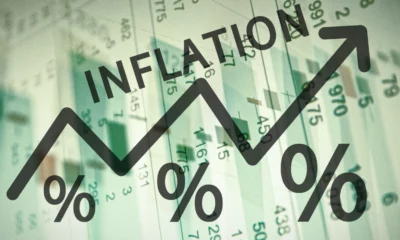A report by a financial firm, KPMG, has revealed that the use of Automated Teller Machines (ATM) for cash withdrawal in Nigeria has dropped to 40% amidst recent cash scarcity in the country.
According to the “In Pursuit Value” report, the data came from a survey of bank customers in Ghana and Nigeria who described their experiences in 2023. According to the survey, the frequent lack of cash at many bank ATM stands has resulted in a noticeable decline in ATM usage in Nigeria.
The study claims that because cash is frequently unavailable at many bank ATM stands, ATM usage in Nigeria has significantly decreased, and there was a decline in medium digital transactions from the top 10 to outside the top 10, indicating a reliance on point-of-sale operators for cash.
It stated, “Currently, four in 10 customers report weekly ATM usage, a notable decline from the previous seven in 10 over the last few years. This decline in ATM usage coincides with a significant rise in agency banking usage, with six in 10 customers frequenting bank agents every week.”
In addition, the survey revealed that, based on NIBSS data, payments made through digital channels increased by 52% in 2023 between January and October. It claimed that the cash crunch brought on by the CBN’s naira redesign policy in the first quarter of 2023 was the cause of the spike in digital payments.
It stated, “Consequently, digital payments surged, marking a notable 52% increase in total NIBSS Instant Payment transactions by October 2023 compared to January of the same year. This was triggered by the Central Bank of Nigeria’s initiative to overhaul the naira, aiming to regulate cash circulation and reduce reliance on physical currency.”
Nigeria redesigned the N200, N500, and N1,000 notes in November 2022 to integrate non-bank currency into the banking system and increase the effectiveness of monetary policy in containing inflation. The policy then triggered an unprecedented wave of cash scarcity.


 Musings From Abroad1 day ago
Musings From Abroad1 day ago
 Metro1 day ago
Metro1 day ago
 Metro1 day ago
Metro1 day ago
 Culture1 day ago
Culture1 day ago























